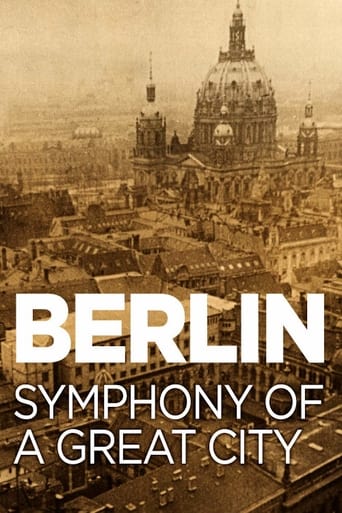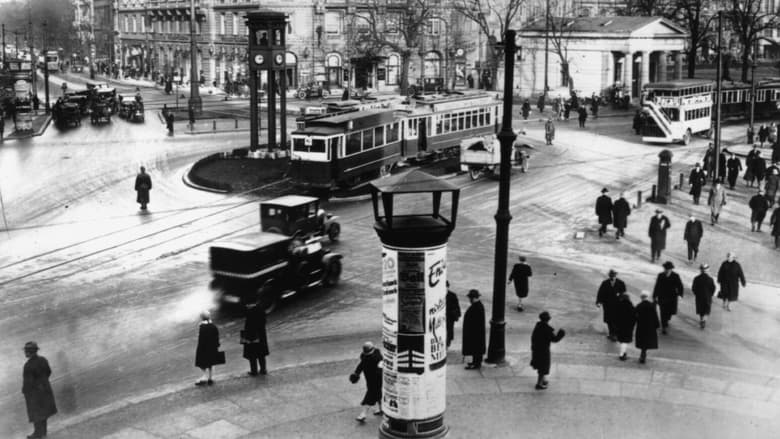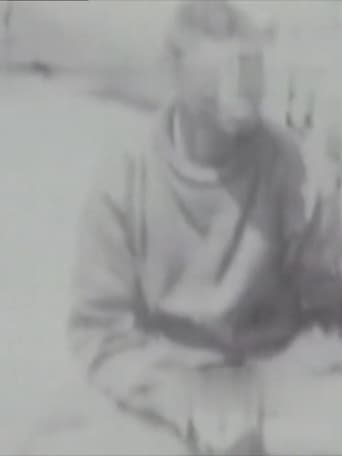

Berlin: Symphony of a Great City (1927)
A day in the city of Berlin, which experienced an industrial boom in the 1920s, and still provides an insight into the living and working conditions at that time. Germany had just recovered a little from the worst consequences of the First World War, the great economic crisis was still a few years away and Hitler was not yet an issue at the time.
Watch Trailer
Cast


Similar titles
Reviews
Contrary to what some others have observed, I don't find this experimental film tedious at all. Certainly, it is priceless as documentation of the fabled Weimar era of this great city — a city that barely existed at all a couple of decades later. Sure, everyone points that out, but as someone who really loves Berlin, I would never minimize or take for granted in any way the importance of that. I see buildings that are long gone. And I look at the faces of these people and I always wonder what happened to them. How many of them were still alive in 1946? We'll never know.But it's even better when you try to view it with the mindset of the era in which it takes place. Film itself was still a fascinating novelty at the time and the filmmakers were still as excited as kids on Christmas morning trying to see what they could do with it. The machinery and mod cons were evidence of a revolutionary new way of life, and the Berlin lifestyle was at the vanguard. Imagine what people in some of the most backward parts of the world would have thought of this back then had they seen it.
Berlin, Symphony of a City is a remarkable historical document of the mighty city before its Wagnerian capitulation within less than twenty years of its filming. Along with Paris, Berlin was the epicenter of a Europe emerging from World War 1 into the Roaring Twenties and director Walter Ruttman for the most part captures the energy and pace of the 20th century metropolis.Moving from morning to night Symphony emphasizes the cities industrial muscle but also divides evenly portraits of the have and have nots of Berlin, the grime as well as the glitter. It is a city on the move and move it does from the crowded sidewalks to the congested avenues and its varied populace . It is in the faces of these Berliners that the film holds its greatest fascination for me watching children playing and youth sporting events with the knowledge that most of them will be of draft age for the oncoming conflagration that will reduce this city to rubble.The documentary does have problems with some scenes clearly staged (in one case a suicide filmed in close-up) and a roller coaster scene is overlong but overall when put into historical context this is a valuable visual document of a city that is extinct as Atlantis.
`Berlin, Symphony of a Great City' is a film I've watched over and over with fascination. I think it's true that it is not so much about the people of Berlin, although we see many of them, but the city itself as a huge living, breathing organism. Back in the 1930s filmmaker John Grierson apparently wrote that this film `created nothing,' and that it violated the first principles of documentary by showing us nothing of importance but beautiful images. Looking at it more than 70 years after its creation, however, its documentary value seems evident to me, at least. I find it fascinating just to see what the people, clothing, uniforms, vehicles, streets, parks, restaurants, shops, theaters, nightclubs, and factories looked like in that distant time and place. It's amazing to contemplate how soon this complex, sophisticated society would be consumed in the most primitive debauchery. Do these people really look that much different from those we see on our streets every day? It makes me wonder what we're all potentially capable of.Some slight differences do seem apparent, however. When a fight breaks out in a public place today, people usually try to ignore it, or even duck their heads and run for cover. But in a scene where two men argue violently in the street, the Berliners of the 1920s crowd in close around the combatants, and even try to separate them and arbitrate the dispute, before a policeman moves in. Whether this was typically European at that time, or just typical of its era, I really can't say, but it seems strange to me today.Although I think the majority of this film was shot in a candid manner, and looks it, it's obvious that not quite all of it was un-staged, as a previous commentator has pointed out. For example, look at the argument scene just mentioned. Considering one of the camera angles (probably from a 2nd floor window), the argument must have been staged at the exact spot where this camera could catch it, and the crowd's reaction, from above. In addition, a second camera was in place at street level to move in close, which hardly suggests a serendipitous event.A good musical score is vitally important to bring this film to life. It's too bad the original score has been lost. It would be fascinating to know what it was like. But I think the one written by Timothy Brock for the Kino edition is superb in that it captures its changing moods and rhythms. If, as one internet reviewer commented, it seems a bit melancholy, that may be apropos considering that this beautiful city, and a great many of its inhabitants, would be consumed in fire less than 20 years later.
Ruttman's film is a spellbinding tour-de-force in photography, managing to dazzle the viewer with each shot. Not a frame is wasted in this, the most photographically influential film ever.






